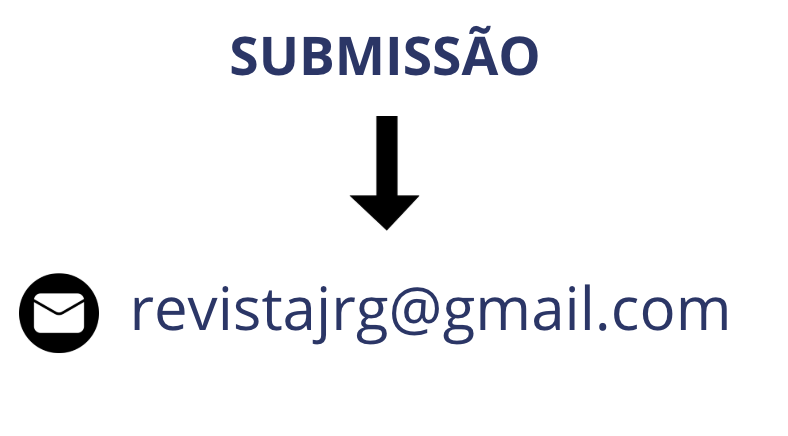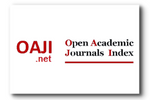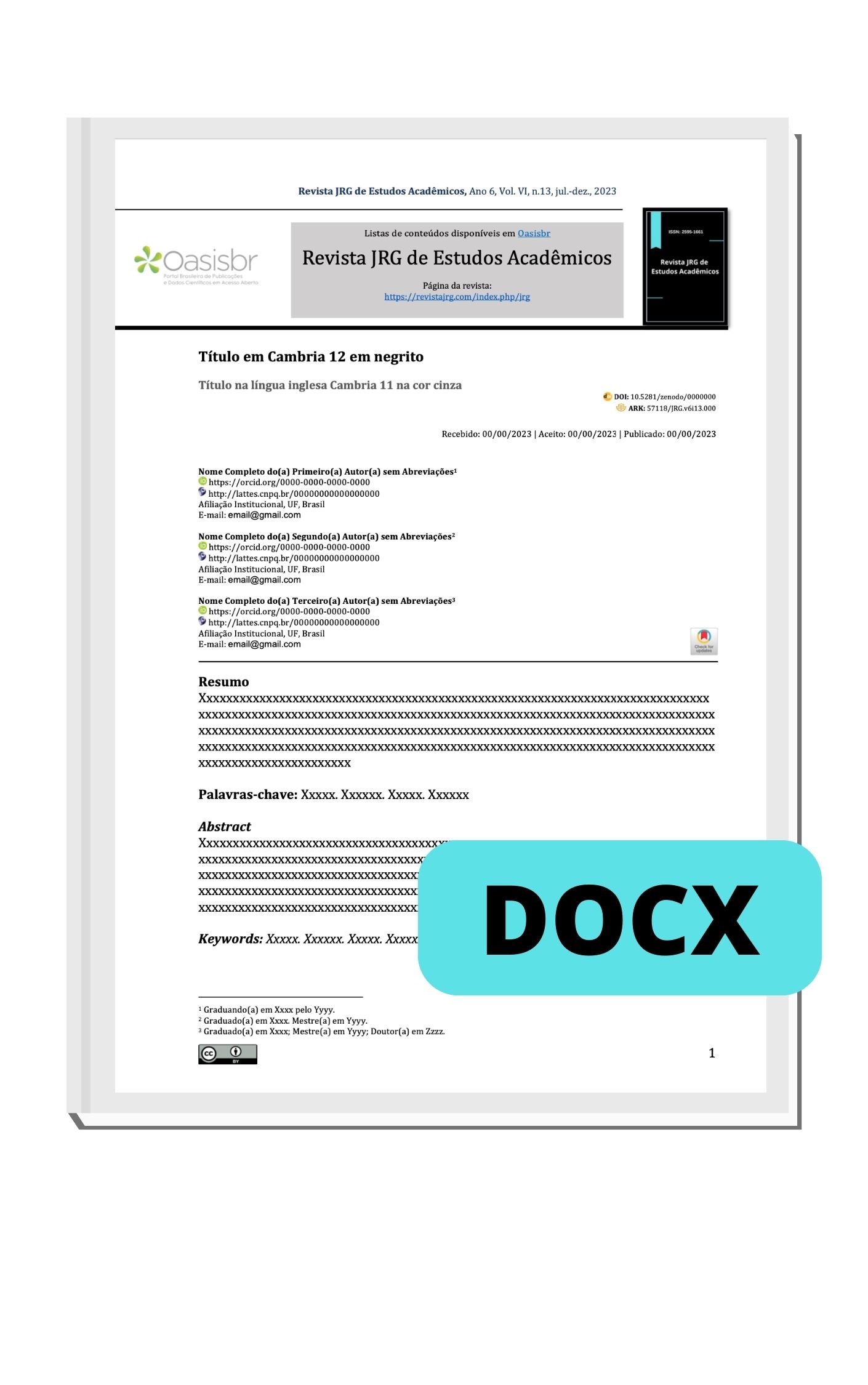Auditory-perceptual and acoustic characteristics of the voice of deaf adults using cochlear implants
DOI:
https://doi.org/10.55892/jrg.v8i19.1864Keywords:
Voice Quality, Speech Acoustics, Voice, Hearing Loss, Cochlear implantAbstract
INTRODUCTION: Auditory-perceptual assessment (APA) of the voice is carried out in the clinical and research context and is considered the gold standard in voice assessment, while acoustic analysis extracts measures that quantify short-term disturbance and noise, with a clear determination of the glottic cycles. OBJECTIVE: To explore the auditory-perceptual and acoustic characteristics of the voice of deaf adults using cochlear implants (CI) in three different speech tasks: sustained emission, connected speech and spontaneous conversation. METHOD: A voice bank of deaf adults, which was part of another study in the area, was used. Participants were divided into 2 groups: listeners or control (CG) and CI adult users or experimental (GE), matched in age and sex. The Protocol for the Evaluation of Voice in Subjects with Hearing Impairment (PEV-SHI) was used by three specialist professionals with experience in voice analysis in clinical and research contexts, and the PRAAT, for acoustic analysis and cepstral filtering. The following parameters were determined: fundamental frequency (F0, in Hz), jitter ppq5 (in %), shimmer apq5 (in %), harmonic-noise ratio (PHR, in dB), intensity (in dB), the formants F1, F2, F3 and F4 (in Hz), anti-formants and nasal formants. RESULTS: APA differs depending on the phonatory task analyzed and the gender. There are no differences between the GC and the female GE in the sustained vowel. Men have more tense, hyponasal voices, with higher pitch and loudness. In connected speech, the general degree of vocal alteration is perceived in both genders, with the presence of vocal tension. More characteristics were found with significant differences between women (laryngeal, pharyngeal, hyponasal, hypernasal and anterior resonances; instability) than among men (pharyngeal, hypernasal and posterior resonances). In spontaneous conversation, the general degree of vocal alteration is perceived in both sexes, with the presence of vocal tension and instability. There are different characteristics with significant differences between women (pharyngeal, hypernasal and posterior resonances; roughness and loudness) and among men (pneumophonoarticulatory coordination, laryngeal, hyponasal, hypernasal and posterior resonances and breathiness). The F0 is higher among both groups (127.0Hz, p=0.035 among men / 213.6Hz, p = 0.011 among women), the other parameters evaluated (jitter, shimmer, harmonic-noise ratio, intensity and formants – F1, F2, F3 and F4) showed no differences between GC and GE, regardless of sex. The presence of antiformants and/or increased bandwidth, suggestive of nasality, was not observed in cepstral filtering. CONCLUSION: APA and acoustic analysis have a complementary nature in evaluating the voice of deaf CI adult users, as the joint action of the articulators favors the perceptual identification of nasality perceived in their voices.
Keywords: Voice Quality; Speech Acoustics; Voice; Hearing Loss; Cochlear implant.Downloads
References
Eadie TL, Doyle PC. Classification of Dysphonic Voice: Acoustic and Auditory-Perceptual Measures. J Voice [Internet]. 2005 Mar;19(1):1–14. Available from: https://linkinghub.elsevier.com/retrieve/pii/S0892199704000256
Coelho AC, Brasolotto AG, Bahmad F. Development and validation of the protocol for the evaluation of voice in patients with hearing impairment (PEV-SHI). Braz J Otorhinolaryngol [Internet]. 2020 Jul;86(6):748–62. Available from: https://linkinghub.elsevier.com/retrieve/pii/S1808869419300618
Lopes LW, Alves GÂ dos S, Melo ML de. Content evidence of a spectrographic analysis protocol. Rev CEFAC [Internet]. 2017 Aug;19(4):510–28. Available from: http://www.scielo.br/scielo.php?script=sci_arttext&pid=S1516-18462017000400510&lng=en&tlng=en
Dejonckere PH, Bradley P, Clemente P, Cornut G, Crevier-Buchman L, Friedrich G, et al. A basic protocol for functional assessment of voice pathology, especially for investigating the efficacy of (phonosurgical) treatments and evaluating new assessment techniques. Eur Arch Oto-Rhino-Laryngology [Internet]. 2001 Feb 28;258(2):77–82. Available from: http://link.springer.com/10.1007/s004050000299
Awan SN, Awan JA. A Two-Stage Cepstral Analysis Procedure for the Classification of Rough Voices. J Voice [Internet]. 2020 Jan;34(1):9–19. Available from: https://linkinghub.elsevier.com/retrieve/pii/S0892199718300699
Hassan EM, Abdel Hady AF, Shohdi SS, Eldessouky HM, Din MHB. Assessment of dysphonia: cepstral analysis versus conventional acoustic analysis. Logop Phoniatr Vocology [Internet]. 2021 Jul 3;46(3):99–109. Available from: https://www.tandfonline.com/doi/full/10.1080/14015439.2020.1767202
Balasubramanium RK, Shastry A, Singh M, Bhat JS. Cepstral Characteristics of Voice in Indian Female Classical Carnatic Singers. J Voice [Internet]. 2015 Nov;29(6):693–5. Available from: https://linkinghub.elsevier.com/retrieve/pii/S089219971500003X
Ferrer Riesgo CA, Nöth E. What Makes the Cepstral Peak Prominence Different to Other Acoustic Correlates of Vocal Quality? J Voice [Internet]. 2020 Sep;34(5):806.e1-806.e6. Available from: https://linkinghub.elsevier.com/retrieve/pii/S0892199718304193
Coelho AC, Brasolotto AG, Fernandes ACN, de Souza Medved DM, da Silva EM, Júnior FB. Auditory-Perceptual Evaluation of Voice Quality of Cochlear-implanted and Normal-hearing Individuals: A Reliability Study. J Voice. 2017;31(6).
Munhall KG, MacDonald EN, Byrne SK, Johnsrude I. Talkers alter vowel production in response to real-time formant perturbation even when instructed not to compensate. J Acoust Soc Am [Internet]. 2009 Jan;125(1):384–90. Available from: http://asa.scitation.org/doi/10.1121/1.3035829
Spazzapan EA, Cardoso VM, Fabron EMG, Berti LC, Brasolotto AG, Marino VC de C. Acoustic characteristics of healthy voices of adults: from young to middle age. CoDAS [Internet]. 2018 Oct 22;30(5). Available from: http://www.scielo.br/scielo.php?script=sci_arttext&pid=S2317-17822018000500307&lng=pt&tlng=pt
Moon KR, Chung SM, Park HS, Kim HS. Materials of Acoustic Analysis: Sustained Vowel Versus Sentence. J Voice [Internet]. 2012 Sep;26(5):563–5. Available from: https://linkinghub.elsevier.com/retrieve/pii/S0892199711001639
Hassan SM, Malki KH, Mesallam TA, Farahat M, Bukhari M, Murry T. The Effect of Cochlear Implantation on Nasalance of Speech in Postlingually Hearing-Impaired Adults. J Voice [Internet]. 2012 Sep;26(5):669.e17-669.e22. Available from: https://linkinghub.elsevier.com/retrieve/pii/S0892199711001202
Lazard DS, Lee H, Truy E, Giraud A. Bilateral reorganization of posterior temporal cortices in post‐lingual deafness and its relation to cochlear implant outcome. Hum Brain Mapp [Internet]. 2013 May 30;34(5):1208–19. Available from: https://onlinelibrary.wiley.com/doi/10.1002/hbm.21504
Baudonck N, Van Lierde K, D’haeseleer E, Dhooge I. Nasalance and nasality in children with cochlear implants and children with hearing aids. Int J Pediatr Otorhinolaryngol [Internet]. 2015 Apr;79(4):541–5. Available from: https://linkinghub.elsevier.com/retrieve/pii/S0165587615000415
Giusti MC, Padovani MMP, Behlau M, Granato L. The Voice of Hearing Impaired Children. BJORL [Internet]. 2001;67(1):29–35. Available from: http://oldfiles.bjorl.org/conteudo/acervo/acervo_english.asp?id=2722
Barbosa PA. Manual de fonética acústica experimental: Aplicações a Dados do Português. 1st ed. Rio de Janeiro: Cortez; 2015. 591 p.
Viegas F, Viegas D, Guimarães GS, Souza MMG de, Luiz RR, Simões-Zenari M, et al. Comparison of fundamental frequency and formants frequency measurements in two speech tasks. Rev CEFAC [Internet]. 2019;21(6). Available from: http://www.scielo.br/scielo.php?script=sci_arttext&pid=S1516-18462019000600504&tlng=en
Behlau M, Thomé R, Azevedo R, Rehder M, Thomé D. Disfonias congênitas. In: Thieme Revinter, editor. Voz: O Livro do Especialista II. Rio de Janeiro; 2005. p. 1–50.
Borges R. Avaliação de voz em deficientes auditivos: uma análise crítica. In: Dissertando sobre voz. Carapicuíba/SP: Pr´_Fono; 1998. p. 150–71.
Maxfield L, Palaparthi A, Titze I. New Evidence That Nonlinear Source-Filter Coupling Affects Harmonic Intensity and fo Stability During Instances of Harmonics Crossing Formants. J Voice [Internet]. 2017 Mar;31(2):149–56. Available from: https://linkinghub.elsevier.com/retrieve/pii/S0892199716300017
Stevens KN. Acoustic Phonetics. Mit Press; 2000. 624 p.
Kent RD, Read C. The acoustic analysis of speech. San Diego, Calif.: Singular Pub. Group. 1992;238.
Kent RD, Vorperian HK. Static measurements of vowel formant frequencies and bandwidths: A review. J Commun Disord [Internet]. 2018 Jul;74:74–97. Available from: https://linkinghub.elsevier.com/retrieve/pii/S0021992417302575
Diehl RL. Acoustic and auditory phonetics: the adaptive design of speech sound systems. Philos Trans R Soc B Biol Sci [Internet]. 2008 Mar 12;363(1493):965–78. Available from: https://royalsocietypublishing.org/doi/10.1098/rstb.2007.2153
Kent RD. The speech sciences. Singular; 1997.
VIOLA IC. Expressividade, estilo e gesto vocal. Lorena Inst St Teresa. 2008;
Rehder MI, Cazumbá LF, Cazumbá M. Identificação de Falantes: Uma introdução à Fonoaudiologia Forense. Rio de Janeiro: Revinter; 2015.
Watts CR. The Effect of CAPE-V Sentences on Cepstral/Spectral Acoustic Measures in Dysphonic Speakers. Folia Phoniatr Logop [Internet]. 2015;67(1):15–20. Available from: https://www.karger.com/Article/FullText/371656
Browman CP, Goldstein L. Articulatory phonology: An overview. Phonetica. 1992;49(3–4):155–80.











































